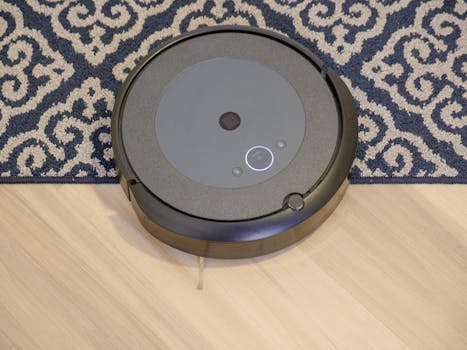
Smart Homes and Smart Living: The Technological Transformation of European Homes by 2025
Smart Homes and Smart Living are revolutionizing the way we live, work, and interact with our living spaces. By 2025, European homes will undergo a significant technological transformation, making our lives easier, more convenient, and sustainable. In this article, we will explore the current state of smart homes and smart living in Europe, the latest trends and innovations, and what we can expect in the near future.
What are Smart Homes and Smart Living?
Smart homes refer to homes that are equipped with advanced technologies, such as sensors, actuators, and microcontrollers, which can monitor, control, and automate various aspects of the home, including temperature, lighting, security, and entertainment. Smart living, on the other hand, refers to the integration of these technologies into our daily lives, enabling us to live more efficiently, sustainably, and comfortably.
Current State of Smart Homes and Smart Living in Europe
According to a recent report, the European smart home market is expected to grow from $15.6 billion in 2020 to $43.8 billion by 2025, at a Compound Annual Growth Rate (CAGR) of 23.1%. This growth is driven by the increasing demand for energy efficiency, home security, and convenience. Currently, the majority of European households have some form of smart device, such as a smart speaker or a smart thermostat, and this number is expected to increase significantly in the next few years.
Trends and Innovations in Smart Homes and Smart Living
There are several trends and innovations that are shaping the future of smart homes and smart living in Europe. Some of these include:
- Artificial Intelligence (AI): AI is being integrated into smart homes to enable more efficient and personalized experiences. For example, AI-powered smart speakers can learn a resident’s preferences and adjust the lighting, temperature, and entertainment systems accordingly.
- Internet of Things (IoT): The IoT is a network of physical devices, vehicles, home appliances, and other items that are embedded with sensors, software, and connectivity, allowing them to collect and exchange data. In smart homes, IoT devices can be used to monitor and control various aspects of the home, such as energy usage, water consumption, and security.
- 5G Networks: The rollout of 5G networks in Europe is expected to enable faster and more reliable connectivity, which is essential for smart homes and smart living. With 5G, residents can enjoy seamless and high-quality video streaming, online gaming, and other bandwidth-intensive activities.
- Sustainable Energy: Smart homes are being designed to be more energy-efficient, with features such as solar panels, energy-harvesting windows, and smart thermostats that can adjust the temperature based on the resident’s schedule and preferences.
What to Expect by 2025
By 2025, we can expect significant advancements in smart homes and smart living in Europe. Some of the key developments include:
- Widespread Adoption of Smart Speakers: Smart speakers, such as Amazon Echo and Google Home, will become ubiquitous in European homes, enabling residents to control their living spaces with voice commands.
- Increased Use of Biometrics: Biometric technologies, such as facial recognition and fingerprint scanning, will become more prevalent in smart homes, providing an additional layer of security and convenience.
- More Energy-Efficient Homes: Smart homes will be designed to be more energy-efficient, with features such as energy-harvesting windows, solar panels, and smart thermostats that can adjust the temperature based on the resident’s schedule and preferences.
- Enhanced Home Security: Smart homes will have advanced security systems, including motion detectors, door and window sensors, and video cameras, which can be monitored and controlled remotely using a smartphone app.
Conclusion
In conclusion, smart homes and smart living are transforming the way we live, work, and interact with our living spaces. By 2025, European homes will be equipped with advanced technologies, such as AI, IoT, and 5G networks, which will enable more efficient, sustainable, and convenient living. As the smart home market continues to grow, we can expect to see significant advancements in areas such as energy efficiency, home security, and entertainment.





